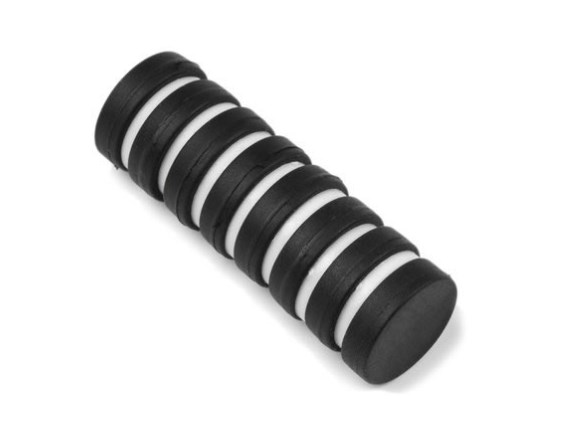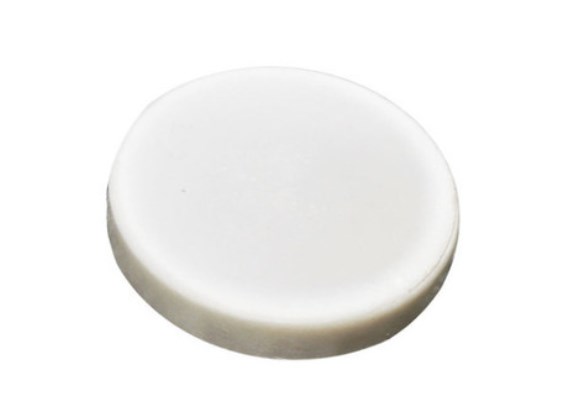Neodymium Magnets with PTFE Coating: The Ultimate Solution for Industrial Applications
In the realm of industrial applications, where precision, strength, and durability are paramount, neodymium magnets with PTFE coating have emerged as a game-changing technology. These tiny yet incredibly powerful magnets, paired with a Teflon-like PTFE (Polytetrafluoroethylene) coating, offer a unique combination of qualities that make them the ultimate solution for various industrial needs. In this article, we’ll delve into the science behind these magnets, their advantages, and their wide-ranging applications across industries.

The Science Behind Neodymium Magnets
Neodymium magnets, often referred to as NdFeB magnets due to their chemical composition (Nd2Fe14B), are the strongest permanent magnets known to humankind. Their remarkable magnetic properties make them an ideal choice for countless applications. These magnets are composed of rare earth elements, iron, and boron, and they owe their exceptional strength to the alignment of their atomic magnetic moments.
To enhance their performance and protect them from environmental factors and wear-and-tear, neodymium magnets can be coated with various materials. Among these coatings, PTFE stands out as a versatile and highly effective choice.
The Advantages of PTFE Coating
- Corrosion Resistance: One of the primary advantages of PTFE coating is its exceptional resistance to corrosion. In industrial settings where exposure to moisture, chemicals, or harsh environments is common, this coating helps prolong the life of neodymium magnets.
- Chemical Inertness: PTFE is known for its chemical inertness, meaning it does not react with most substances. This property makes PTFE-coated neodymium magnets suitable for use in industries where contact with various chemicals is unavoidable.
- Low Friction: PTFE has a low coefficient of friction, making it an excellent choice for applications involving moving parts. This low friction reduces wear and tear and allows for smoother operation.
- Temperature Tolerance: PTFE-coated neodymium magnets can withstand a wide range of temperatures, from extreme cold to high heat, without losing their magnetic properties or structural integrity.
- Electric Insulation: PTFE is an excellent electrical insulator, making it suitable for applications where electrical conductivity must be minimized.
Industrial Applications
- Aerospace: Neodymium magnets with PTFE coating are used in aerospace applications, such as controlling movable components in aircraft and spacecraft, due to their lightweight yet strong properties.
- Automotive: They find use in sensors, actuators, and motors within the automotive industry, where their small size and high strength are advantageous.
- Medical Devices: PTFE-coated neodymium magnets play a crucial role in various medical devices, including MRI machines and implantable devices, thanks to their biocompatibility and magnetic properties.
- Manufacturing: In manufacturing, these magnets are employed in robotics, conveyors, and equipment where precise positioning and control are required.
- Energy Generation: They are used in wind turbines and generators, contributing to the generation of clean energy.
- Electronics: Neodymium magnets with PTFE coating are used in loudspeakers, headphones, and other electronic devices where compact size and strong magnetic fields are essential.
Conclusion
Neodymium magnets with PTFE coating represent a technological breakthrough in the field of industrial applications. Their unmatched combination of strength, durability, corrosion resistance, and versatility makes them indispensable in a wide range of industries. Whether it’s aerospace, automotive, medical, or manufacturing, these magnets are proving to be the ultimate solution for meeting the demanding needs of modern industrial processes. As technology continues to advance, we can expect even more innovative uses for these remarkable magnets in the years to come.
